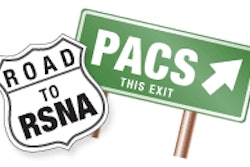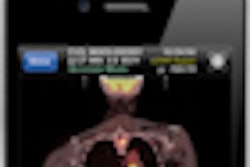Providing around-the-clock final interpretation services is rapidly becoming the gold standard, especially in emergency department and hospital inpatient radiology. And even if radiology residents are used in a hospital to perform preliminary readings, rapid attending supervision to create final reads is needed, according to presenter Dr. Murray Becker.
Meanwhile, subspecialized reading also is becoming commonplace and increasingly demanded by hospitals, payors, and even patients, he said. However, providing subspecialized interpretation services every minute of every day requires scale.
If subspecialized radiologists are to be widely deployed, it's necessary to have the scale needed to aggregate enough cases to keep them busy; often this means collecting cases from multiple sites, each of which may have different PACS and RIS/HIS networks, Becker said.
Not only must these cases all be aggregated, they must also be presented to the radiologist in a uniform and efficient manner, Becker said. University Radiology has deployed such a single-workstation approach.
"This presentation will describe vendor-independent requirements for creating such a system, with a focus on creating a single workstation that presents to the radiologists cases aggregated from multiple sites including historical studies, demographic data, RIS data (e.g., historical reports), and ancillary nonelectronic data (scanned reports)," according to Becker. "In addition, such a workstation needs to facilitate creation of final reports that can be transmitted back to the originating sites' RIS/HIS."



















